Introduction of Concrete Mixer
Important Point
Concrete is one of the main and widely used building materials in construction, and the concrete mixer function is crucial in this process. Concrete is prepared by mixing cement, aggregates, and water.
Traditionally concrete is prepared by manually mixing cement, aggregates, and water with the help of construction tools. But the concrete which is made by manual mixing does not give desired strength because it is impossible to mix complete concrete properly.
During the construction of megastructures, the concrete is required in the bulk quantity and it is not possible to prepare concrete in bulk quantity by manual mixing.
Manual mixing of the concrete consumes a lot of time and does not give the desired strength to the concrete. That’s why nowadays concrete mixers are used for preparing concrete on site.
There are various types of concrete mixers are available in the market as per the requirement and conditions of the construction site.
In this article, we will discuss the What is Concrete Mixer and the Types of Concrete Mixer which are used in the manufacturing of concrete on site.
What Is a Concrete Mixer?
Concrete mixer is a mechanical machine which is used for the manufacturing of concrete by homogeneously mixing cement, aggregates, and water in the appropriate proportion.
Concrete Mixer mix all ingredients of concrete properly. For mixing of the various ingredients of the concrete, the manufacturer used the various types of concrete mixers. The selection of the particular type of concrete mixer depends upon the quantity of concrete required and cost of the project.
- Concrete Construction Tools for Construction Sites
- M30 Grade of Concrete Mix Design Procedure with OPC 53 Cement
- What Is Mix Design of Concrete | Nominal Mix | Design Mix| 9 Difference Between Nominal Mix and Design Mix
- What Is Mix Design | Types of Concrete Mix Design | Advantages & Disadvantages of Mix Design | Application of Mix Design
Specifications of the Concrete Mixer
The concrete mixer specifications are as follows.
- The mix drum capacity of the concrete mixer is 1200 liter,560 liters, 480 liters, 200 liter,s etc.
- The production capacity of the concrete mixer is about 5 cubics/hr.
- Drum Speed of the concrete mixer is 20-22 rpm.
- The weight of the concrete mixer machine is about 130 kg.
Types of Concrete Mixer
They are two different types of concrete mixer as follows.
- Batch Mixers or Drum Mixer
- Tilting Concrete Mixer
- Non-Tilting Concrete Mixer
- Reversing Drum Concrete Mixer
- Pan Type Concrete Mixer
- Continuous Mixer
1. Batch Concrete Mixer
Batch mixer is one of the common and widely used concrete mixing machines. In the case of the batch concrete mixers, the concrete mix is collected batch by batch and time by time. In this types of concrete mixers, we have to add cement, aggregate, water, and after some time of mixing it will discharge the concrete.
Batch mixer consists of a revolving drum with blades fitted inside it. All the ingredients of the concrete in the appropriate preposition are added into the Hopper of the revolving drum.
The Revolving drum revolves at a certain speed and mixes all the ingredients of the concrete with the help of blades fitted inside the Hopper of the concrete mixer.
In the case of a batch concrete mixer, it is necessary to control and monitor the speed of the revolving drum and the angle of inclination of the rotation axis to manufacture the quality concrete.
Useful Article for You
- What Is Composite Wood
- What Is the Difference Between a Shower Pan and a Shower Base?
- What Is a Window Panel
- What Is Rebar Made Of
- What Is Crane
- What Is a Frame Structure
- What Is the Measurement for a Queen Size Bed
- What Is Considered Livable Space
- What Is One Way You Can Save Electricity?
- What Is Mdf Mean
- What Is a Bundle of Shingles
- What Is a Gallon of Water Weigh
- What Is Window Sash
- What Is a Sieve Analysis
- What Is the Little Black Diamond on a Tape Measure
- What Is the Difference Between a Bolt and a Screw?
- What Is Overhang
- What Is a Contour Interval
- What Is a Spread Footing
- What Is a Pitched Roof
- What Is Tile
1.1. Tilting Mixer
The tilting drum mixer has a conical-shaped drum that has vanes inside it. The tilting type mixtures are generally used for mixing the concrete of low workability. Tilting concrete mixers are used for mixing large size aggregates.
In the case of the tilting mixers, the mixing drum can be tilted for discharging the concrete. Aggregates whose sizes are greater than 7.5 cm are also effectively mixed in this type of concrete mixer.
Advantages of Tilting Concrete Mixer
The advantages of Tilting concrete mixers are as follows.
- The greater size aggregates can be effectively mixed in the tilting concrete mixers.
- Tilting concrete mixer is used for mixing of the concrete of low workability.
- Tilting mixers are easy to install and suitable for large-scale projects.
Disadvantages of Tilting Concrete Mixer
There are also some disadvantages of Tilting concrete mixers which are as follows.
- These concrete mixers are not suitable for manufacturing high-workability concrete.
1.2. Non- tilting Concrete Mixer
The non tilting drum mixer type of concrete mixer is not allowed to tilt. and the axis of this type of concrete mixer is always horizontal. The discharge of this type of concrete mixture is done by reversing the direction of the rotation of the drum.
Advantages of Non-Tilting Concrete Mixer
The advantages of non tilting type mixer are as follows.
- Non-tilting type of mixtures has openings on both sides.
- Non-tilting types of concrete mixers are suitable for small-scale construction sites.
Disadvantages of Non-Tilting Concrete Mixer
There are also some disadvantages of Non-Tilting concrete mixers which are as follows.
- The non-tilting type of concrete mixtures is not suitable for large size aggregates.
- It is very difficult to clean the non-tilting concrete mixer.
Also, Read: Tension Vs Compression | What Is Tension & Compression
Useful Article for You
- What Is a Grade Beam
- What Is Flooring
- What Is Shoring
- What Is a Bridge Abutment
- What Is a Cold Joint in Concrete
- What Is the Strongest Foundation for a House
- What Is a Well Point
- What Is a Floating Slab
- What Is Grouting
- What Is Rcc Value Day
- What Is a Stair Landing
- What Is Optimum Dry
- What Is a Moment Frame
- What Is Standard Water Pipe Size in Residential
- What Is Flagstone
- What Is a Door Frame
- What Is an Admixture
- What Is a Frost Wall
- What Is Undercoat
- What Is Bituminous Pavement
1.3. Reversing Drum Concrete Mixer
Reversing drum mixers have reversing arrangement which is known as the Reversing Drum concrete mixer. In the case of the reversing drum concrete mixer, the ingredients of the concrete will rotate only in one direction and discharge from the opposite direction.
The Reversing drum concrete mixers are the same as the non-tilting type of concrete mixers. In the reversing drum concrete mixers, the different sets of blades are arranged for the mixing of the concrete. This type of concrete mixer is suitable for mixing dry concrete.
Advantages of Reversing Drum Concrete Mixer
The advantages of Reversing drum concrete mixer are as follows.
- Reversing drum concrete mixers are used for mixing dry concrete.
- It consists of blades that help in the proper mixing of the concrete.
Disadvantages of Reversing Drum Concrete Mixer
There are also some disadvantages of Reversing drum concrete mixer which are as follows.
- In the reverse drum concrete mixer, the drum will rotates only in one direction.
- The discharge of the concrete in this type of mixer is in the opposite direction.
Also, Read: What Is Cover in Concrete | Clear Cover in Beams, Slab, Column, Footing
1.4. Pan Type Concrete Mixer
The Pan-type concrete mixer consists of a cylindrical fan that has a set of blades that helps to mix the various concrete ingredients. The pan-type concrete mixers generally discharge concrete from the bottom of the pan.
Advantages of Pan Type Concrete Mixer
The advantages of Pan type concrete mixers are as follows.
- The pan-type concrete mixer has a large cylindrical pan in which a large amount of concrete can be mixed.
- The concrete can be discharged from the bottom of the pan in the case of pan type concrete mixer.
Disadvantages of Pan Type Concrete Mixer
The disadvantages of Pan type concrete mixers are as follows.
- Pan-type concrete mixers are expensive as compared to other types of concrete mixers.
Also, Read: What Does Parapet Mean | Types of Parapet Wall | Uses of Parapet Wall
2. Continuous Concrete Mixer
Continuous concrete mixer is used in large-scale construction projects such as dams, bridges, etc. The massive construction projects required a large quantity of concrete in the continuous flow.
In the case of the continuous concrete mixers the weighing, loading, and mixing of the concrete as well as discharge of the concrete is done in a continuous manner.
Advantages of Continuous Concrete Mixer
The advantages of Continuous Concrete mixers are as follows.
- The continuous concrete mixers can produce concrete without any interpretation.
- It can produce concrete in large quantities.
Disadvantages of Continuous Concrete Mixer
The disadvantages of continuous concrete mixers are as follows.
- The continuous concrete mixers are only suitable for large-scale construction projects.
- Continuous concrete mixers required large space for their installation.
Also, Read: What Is Cantilever | What Is Cantilever Footing | Design of the Cantilever Footing
How to Mix Concrete in a Mixer?
The step-by-step procedure of concrete mixing in a mixer are as follows.
- First upon calculate the quantity of water required for the total mixture.
- Add half of the total mixture into the mixer before adding dry mix.
- Turn on the mixer and add the dry mix into it. Allah the concrete mixer revolves for a minute and then add remaining water in it.
- Mix the mixture for about 3 to 5 minutes until a uniform and required workable concrete is prepared.
- If the concrete made is of lower workability then add some water to it.
- After getting the desired concrete, discharge it and can be used in the construction.
Also, Read: What Is Slab Beam / Hidden Beam / Concealed Beam | Advantage and Disadvantage
Concrete Mixer
A concrete mixer (often colloquially called a cement mixer) is a device that homogeneously combines cement, aggregate such as sand or gravel, and water to form concrete. A typical concrete mixer uses a revolving drum to mix the components. The concrete mixer was invented by Columbus, Ohio industrialist Gebhardt Jaeger.
What Are Concrete Mixer Used For?
A concrete mixer (often colloquially called a cement mixer) is a device that homogeneously combines cement, aggregate such as sand or gravel, and water to form concrete.
Types of Concrete Mixer
- Batch mixers.
- Drum Types Mixer.
- Tilting drum mixers.
- Non-tilting drum mixer.
- Reversing drum mixer.
- Pan Type Mixer.
- Continuous mixers.
Is a Cement Mixer Worth It?
If you’re doing a simple crack repair or pouring concrete in a small area, you don’t need a concrete mixer. If your project is much bigger, then consider a concrete mixer. This will not only make it easier to mix your concrete but also to pour it, as mixers often offer both functions.
Where Can You Use a Concrete Mixer?
- First of all, it is important to make sure that the cement mixer is positioned on firm and level ground. This will help prevent the mixer from falling over whilst in use. It is also beneficial that your mixer is close to an uninterrupted water supply.
- Set the mixer so the drum is at a 45 degree angle with the mouth of the drum facing upwards. You can now plug the machine in and turn it on.
- The correct mixing ratio for concrete (cement, sand, stone and water) depends on the type of application you are using the concrete for. Harder concrete will require more cement whilst rough application concrete (such as that used in paths or areas requiring grip) you’ll need to add more aggregate.
- Next tilt the drum slowly to load the wheelbarrow, be careful not to overfill the wheelbarrow or over tip the cement mixer.
- Never allow your machine to run dry, dried concrete is incredibly hard and time-consuming to remove from the drum.
How Does a Concrete Mixer Work?
Non-Tilting Drum Mixer: These drum mixers come with a non-tilting drum which rotates on its horizontal axis to produce concrete. They have openings at both ends. The ingredients required to produce the mix are fed from one end and the mix is collected from the other.
How Long Does Concrete Mixer Last?
Concrete can last for 3 hours in a ready-mix truck. If it is not unloaded it on time the slump value of the concrete changes. Solidification of concrete takes a long time so to the max only slump changes.
Like this post? Share it with your friends!
Suggested Read –
- Concrete Mixtures
- Concrete Workability
- H-Beam vs I-Beam | What Is H-Beam | What Is I-Beam
- What Does Parapet Mean | Types of Parapet Wall | Uses of Parapet Wall
- 15 Difference Between Bridge and Culvert | What Is Bridge | What Is Culvert
- Cinder Block Vs Concrete Block | What Is Cinder Blocks | What Is Concrete Blocks
- What Is Reinforced Brick Masonry | Construction of the Reinforced Brick wall | What Is Reinforced Brick Concrete
- What Is Superelevation | Superelevation Definition | Superelevation Formula | Calculation of Superelevation in Roads
- What Is Oblique Drawing | Oblique Drawing Examples | What Is Oblique View | Oblique Projection | Oblique Shape | Cabinet Oblique | What Is Cavalier Drawing
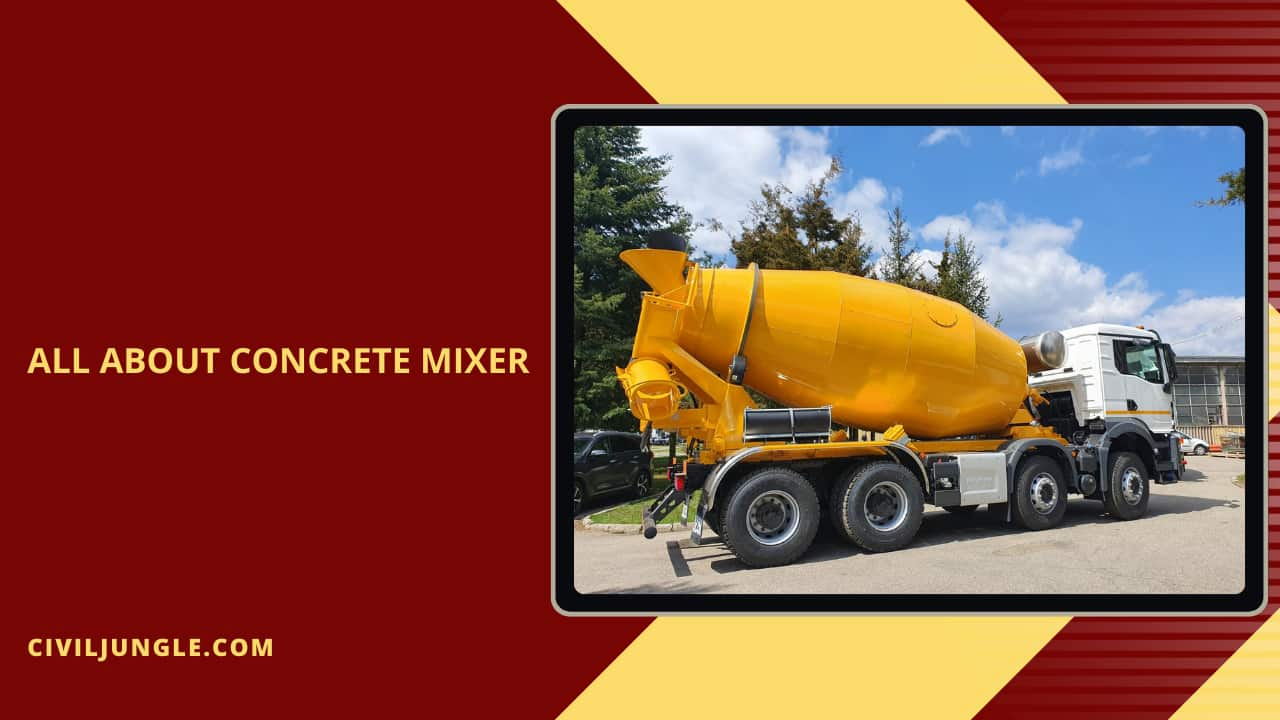
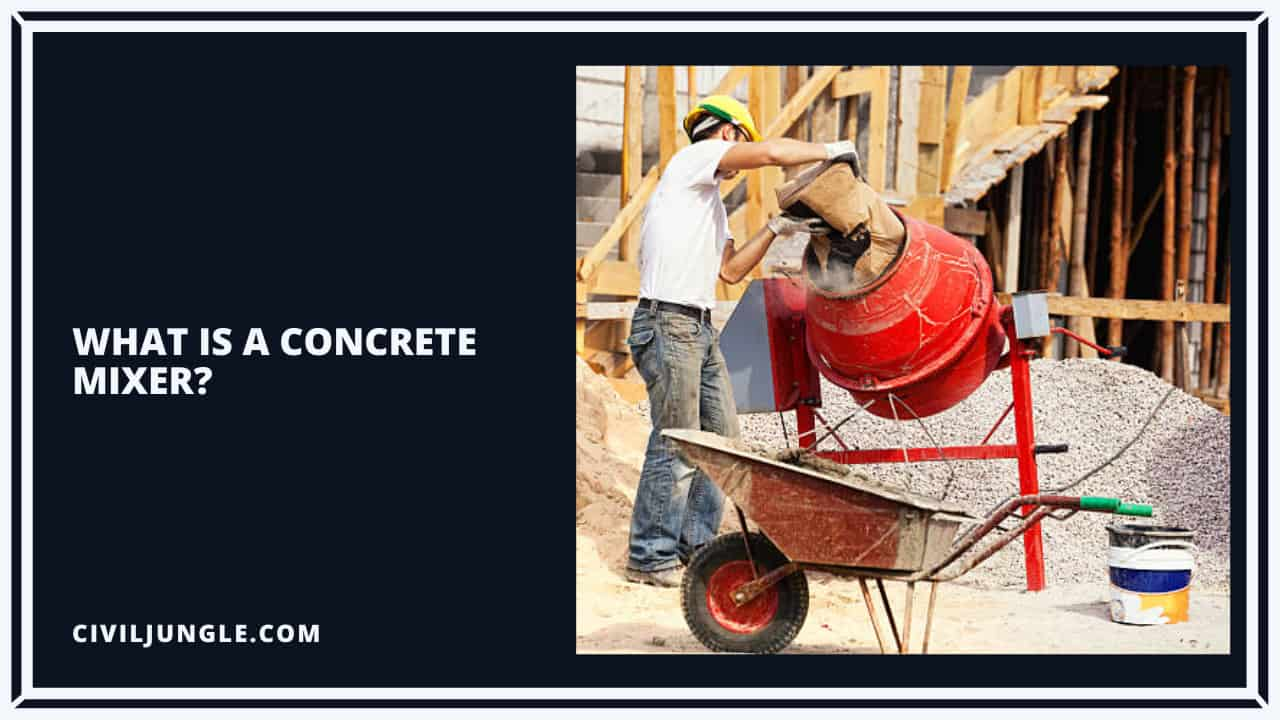
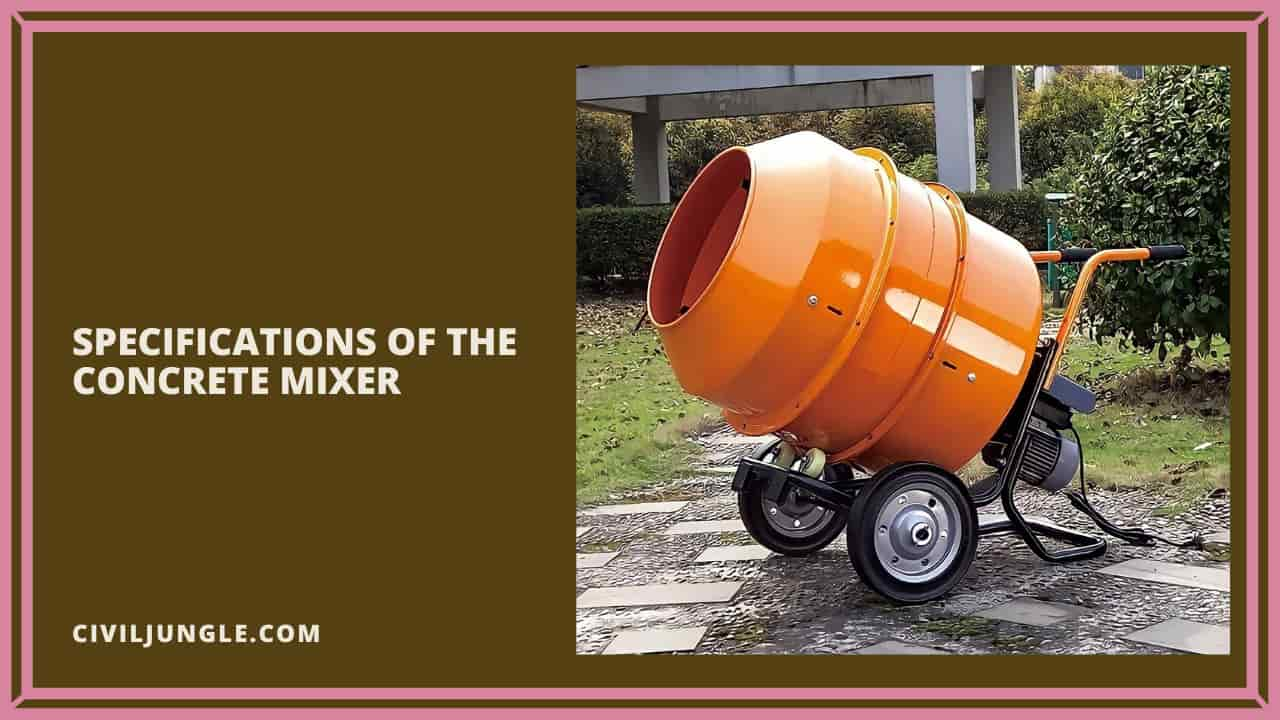
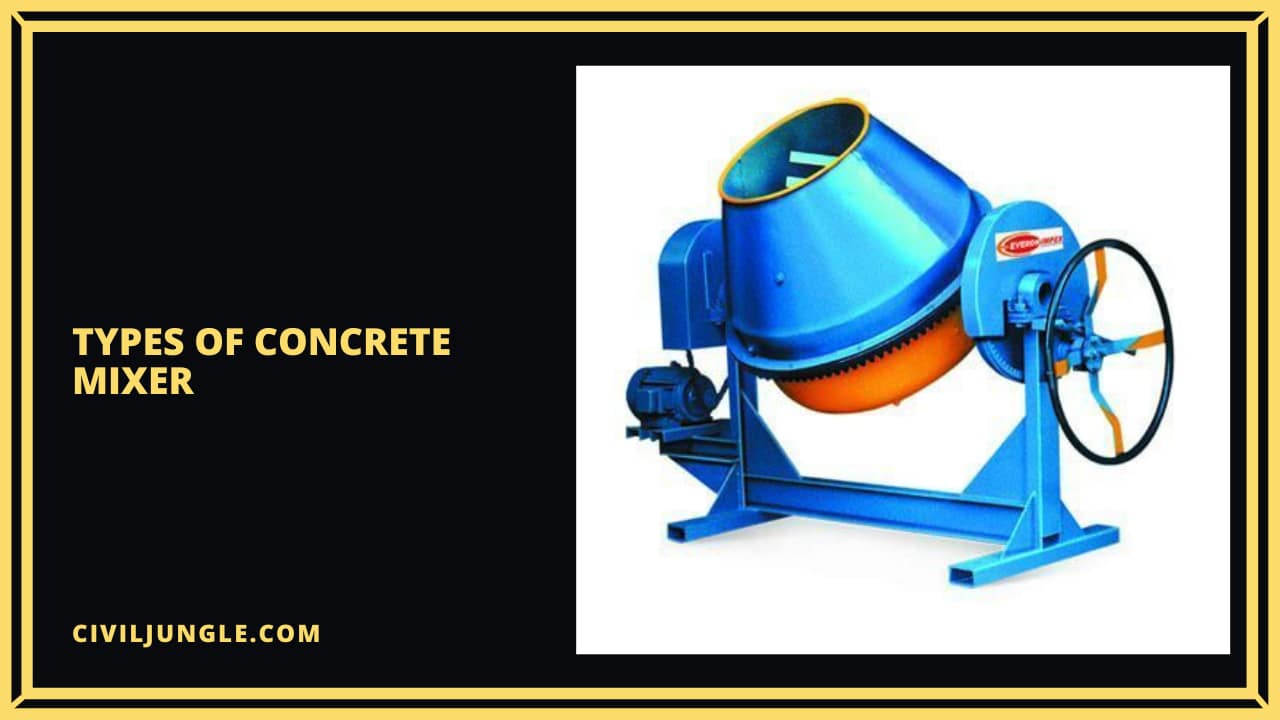
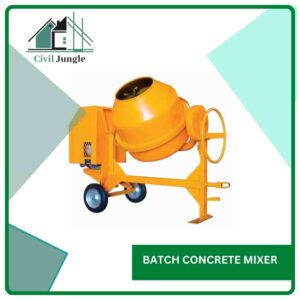
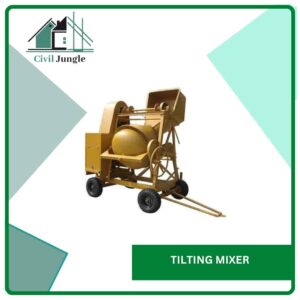

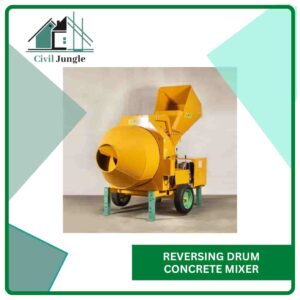
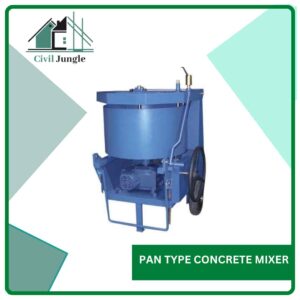
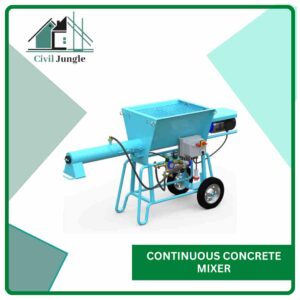
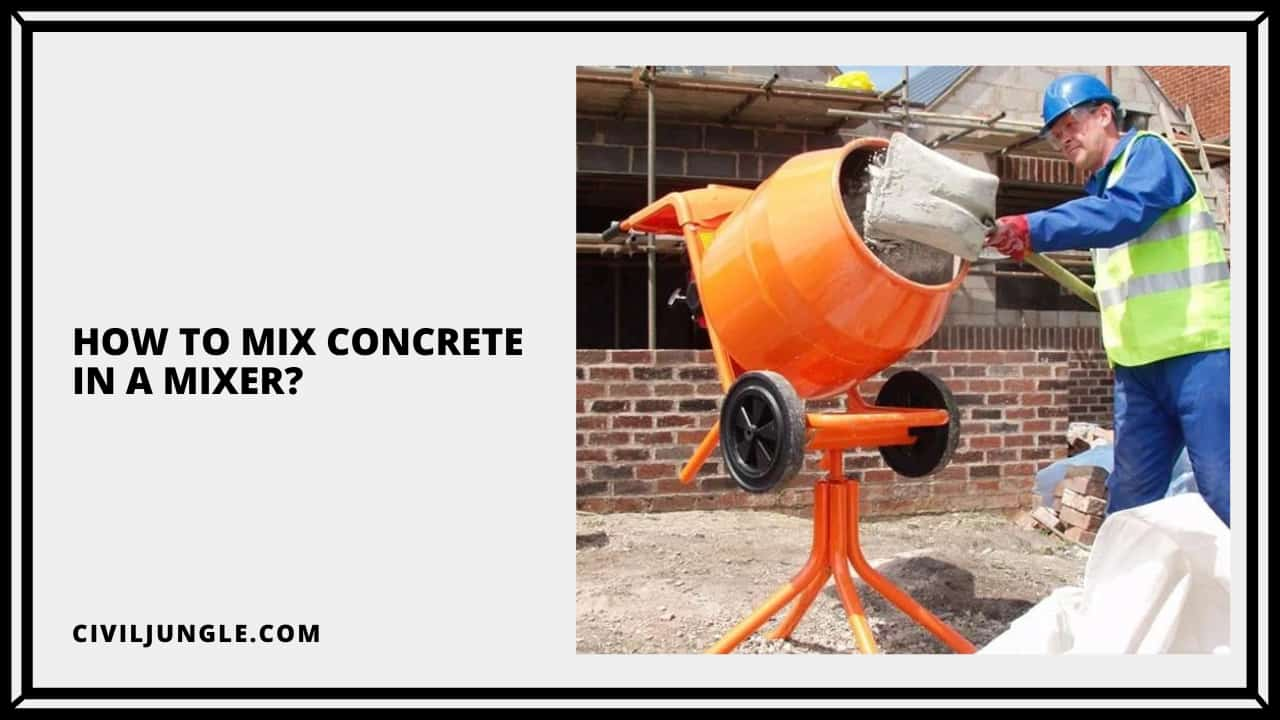

Leave a Reply